Peripheral Vascular Disease Vs Peripheral Artery Disease
Peripheral vascular disease vs peripheral artery disease. PAD starts slowly and the. Peripheral vascular disease PVD is a blood circulation disorder that causes the blood vessels outside of your heart and brain to narrow block or. Consequently people with PAD may experience painful symptoms in their legs and feet.
While atherosclerosis and peripheral artery disease can be common among older individuals in addition to dialysis patients diabetics and smokers it is often underdiagnosed and undertreated. This blockage known as atherosclerosis is due to plaque buildup comprised of cholesterol fats and. PAD causes aching heaviness and cramping in the legs while walking or climbing stairs while arthritis typically affects joints like hips knees and ankles.
Other vascular diseases can range from coronary artery disease to congestive heart failure. Peripheral arterial disease refers to the arterial blood which is the oxygenated blood from your heart which gets pumped throughout your body. PAD usually refers to blockages in the blood vessels that supply blood to the legs.
Although the two conditions sound similar they are different and heres how. Peripheral artery disease is an atherosclerosis-related disease in which the buildup of plaque occurs in the arteries of the legs arms and pelvis resulting in reduced blood flow to those parts of the body. When these fatty deposits collect in arteries and harden.
Peripheral vascular disease PVD is a problem with poor blood flow. Peripheral venous disease refers blood vessels returning deoxygenated blood to the heart and lungs. Peripheral Artery Disease PAD is a blockage of arteries usually in the lower extremities.
Narrowing blockage or spasms in a blood vessel can cause PVD. Parts of the body like the brain heart arms or legs may not get enough blood. Peripheral artery disease PAD also referred to as peripheral vascular disease is caused by plaque buildup within the arteries.
Upwards of 42 percent of patients with CAD also have peripheral artery disease PAD. Its pretty simple actually.
Here are some differences in the symptoms of PAD versus arthritis.
Peripheral artery disease is an atherosclerosis-related disease in which the buildup of plaque occurs in the arteries of the legs arms and pelvis resulting in reduced blood flow to those parts of the body. PAD usually refers to blockages in the blood vessels that supply blood to the legs. Peripheral artery disease PAD is the name of one specific disease a condition that affects only arteries and. PVD may affect any blood vessel outside of the heart including the arteries veins or lymphatic vessels. Coronary artery disease CAD refers to blockages in the blood vessels that supply blood to the heart. Peripheral artery disease PAD also known as peripheral vascular disease is most often caused by atherosclerosis plaque formation in arteries that supply blood to the extremities such as legs and arms. Peripheral vascular disease PVD is a problem with poor blood flow. Peripheral artery disease PAD also referred to as peripheral vascular disease is caused by plaque buildup within the arteries. Consequently people with PAD may experience painful symptoms in their legs and feet.
PAD causes aching heaviness and cramping in the legs while walking or climbing stairs while arthritis typically affects joints like hips knees and ankles. Peripheral arterial disease PAD and peripheral vascular disease PVD are both common vascular diseases that affect the blood vessels in the human body. PAD usually refers to blockages in the blood vessels that supply blood to the legs. Peripheral arterial disease refers to the arterial blood which is the oxygenated blood from your heart which gets pumped throughout your body. Organs supplied by these vessels such as the brain and legs may not get enough blood flow for. Other vascular diseases can range from coronary artery disease to congestive heart failure. Peripheral artery disease PAD is the name of one specific disease a condition that affects only arteries and.

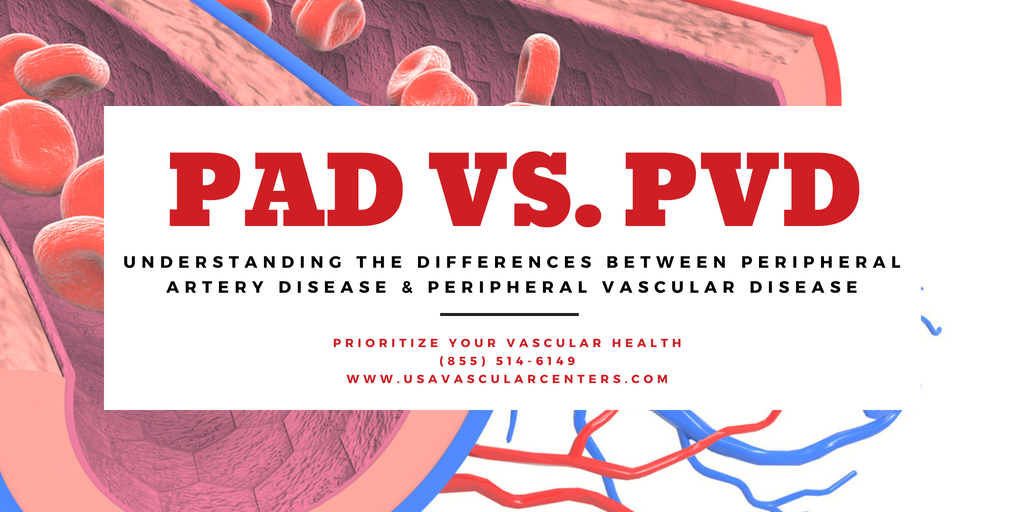

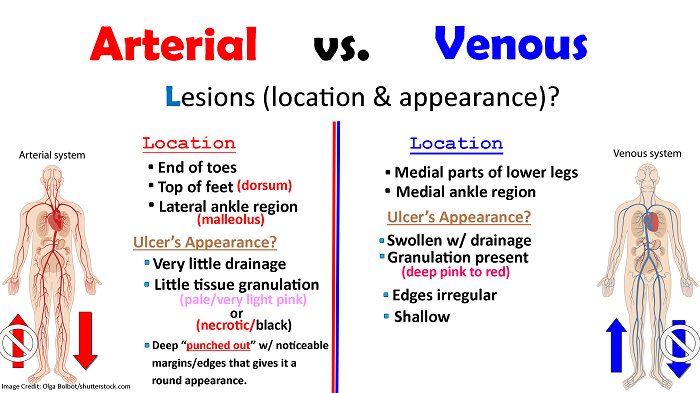
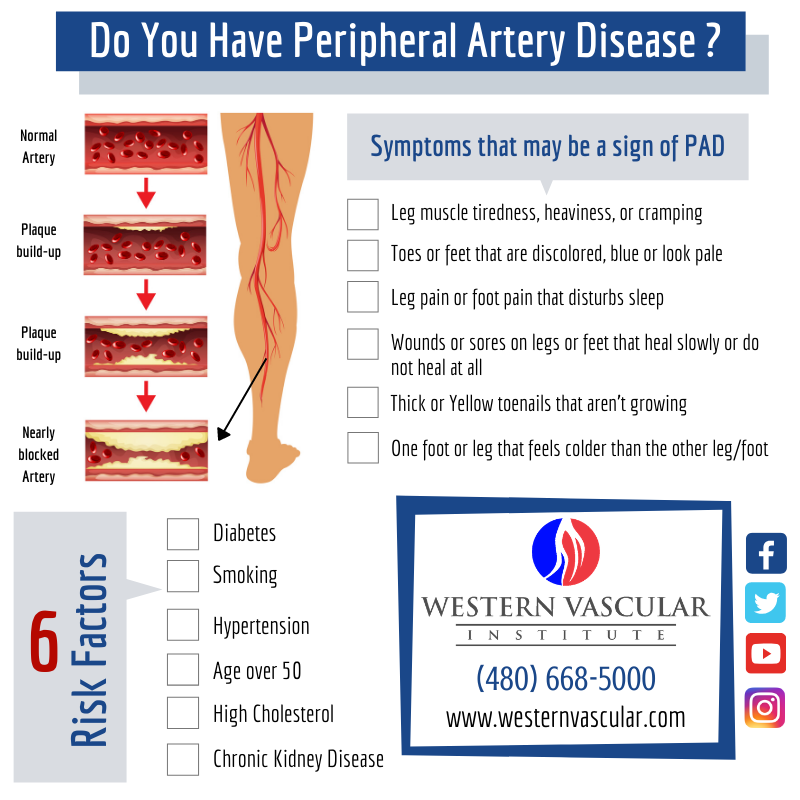


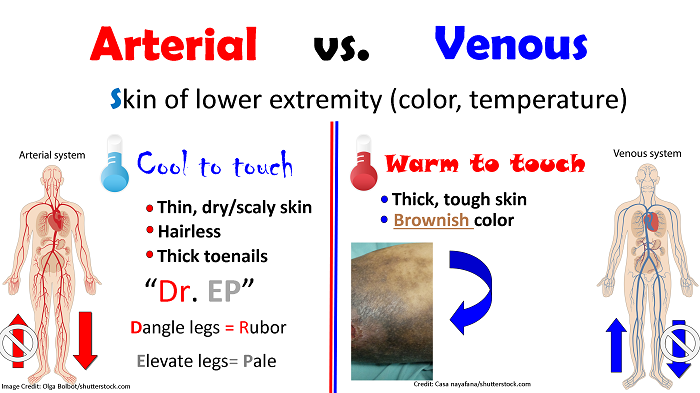










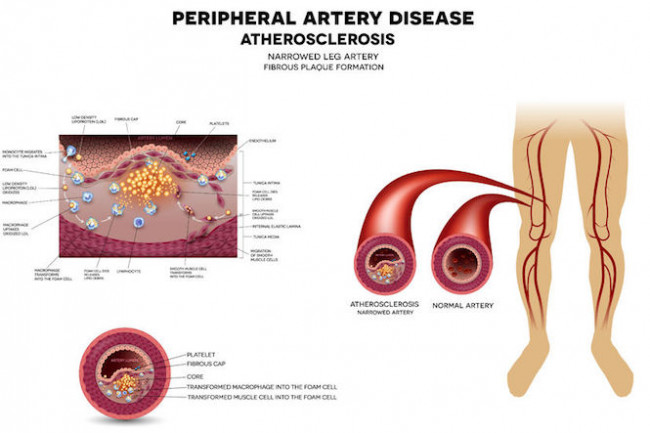



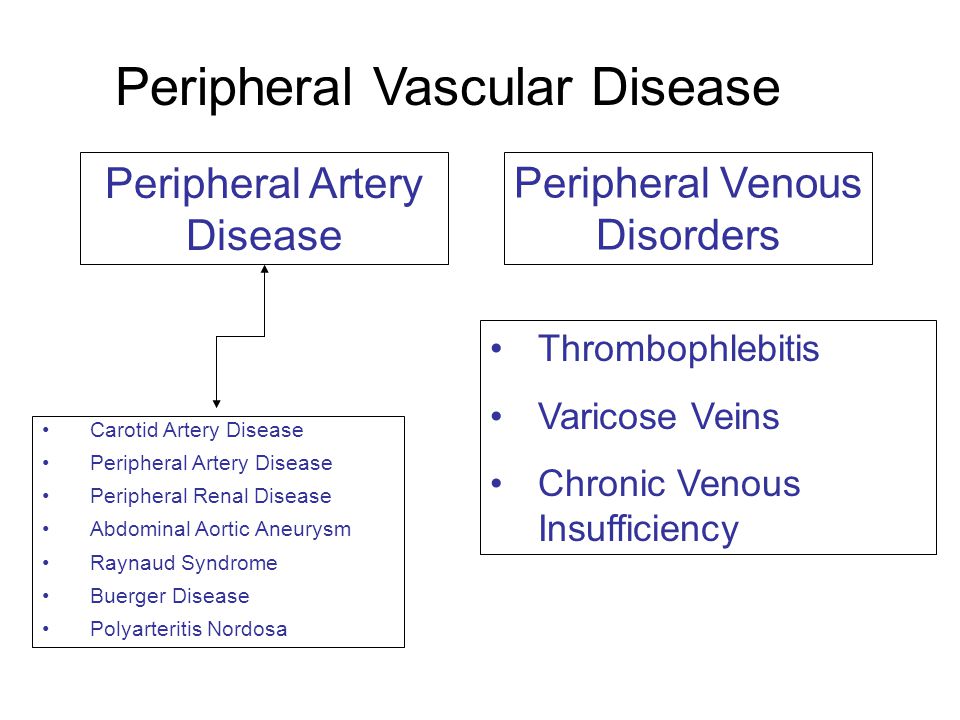


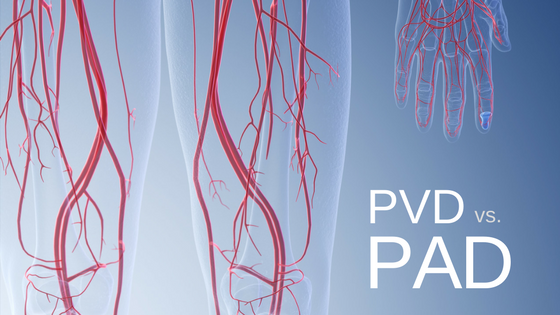



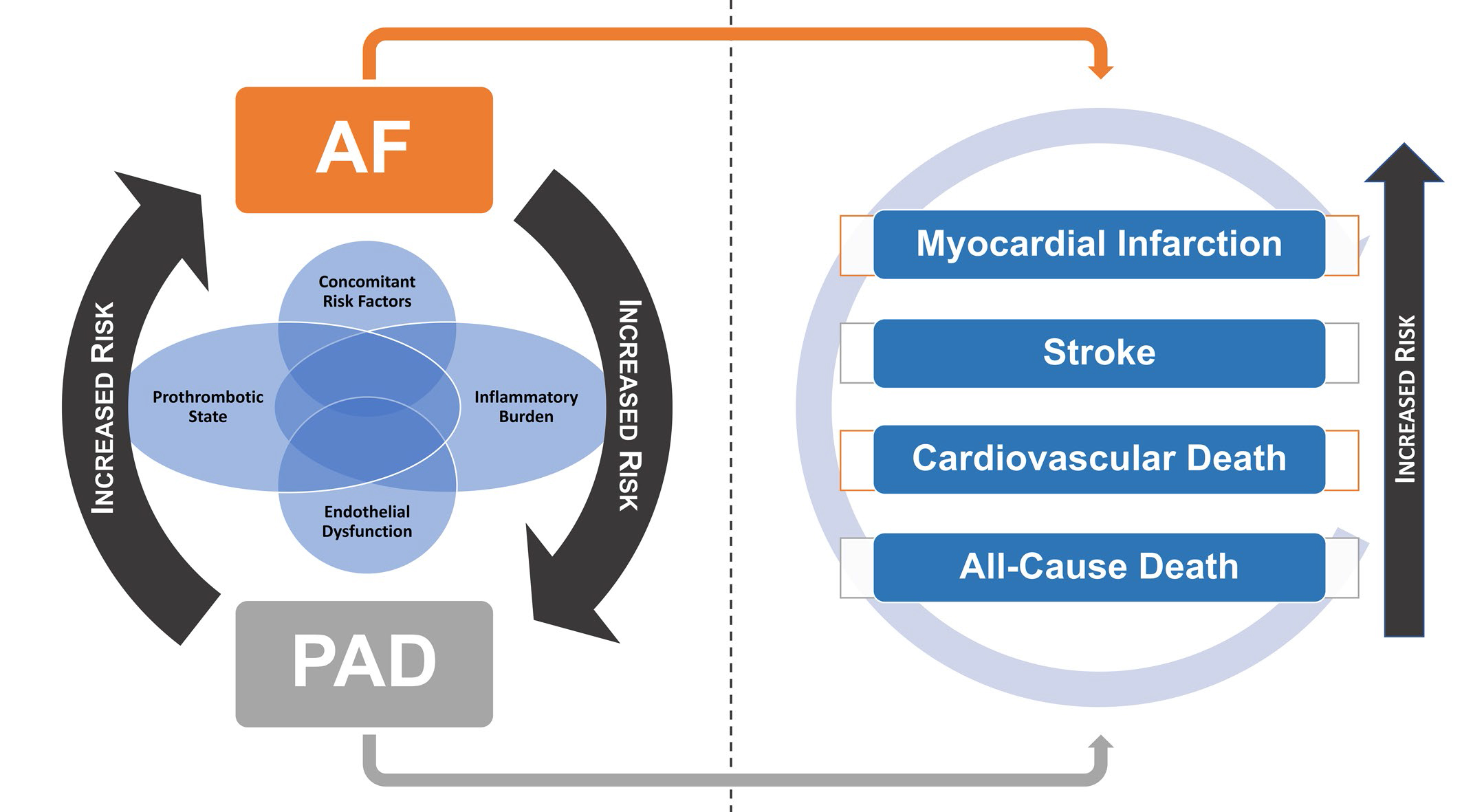




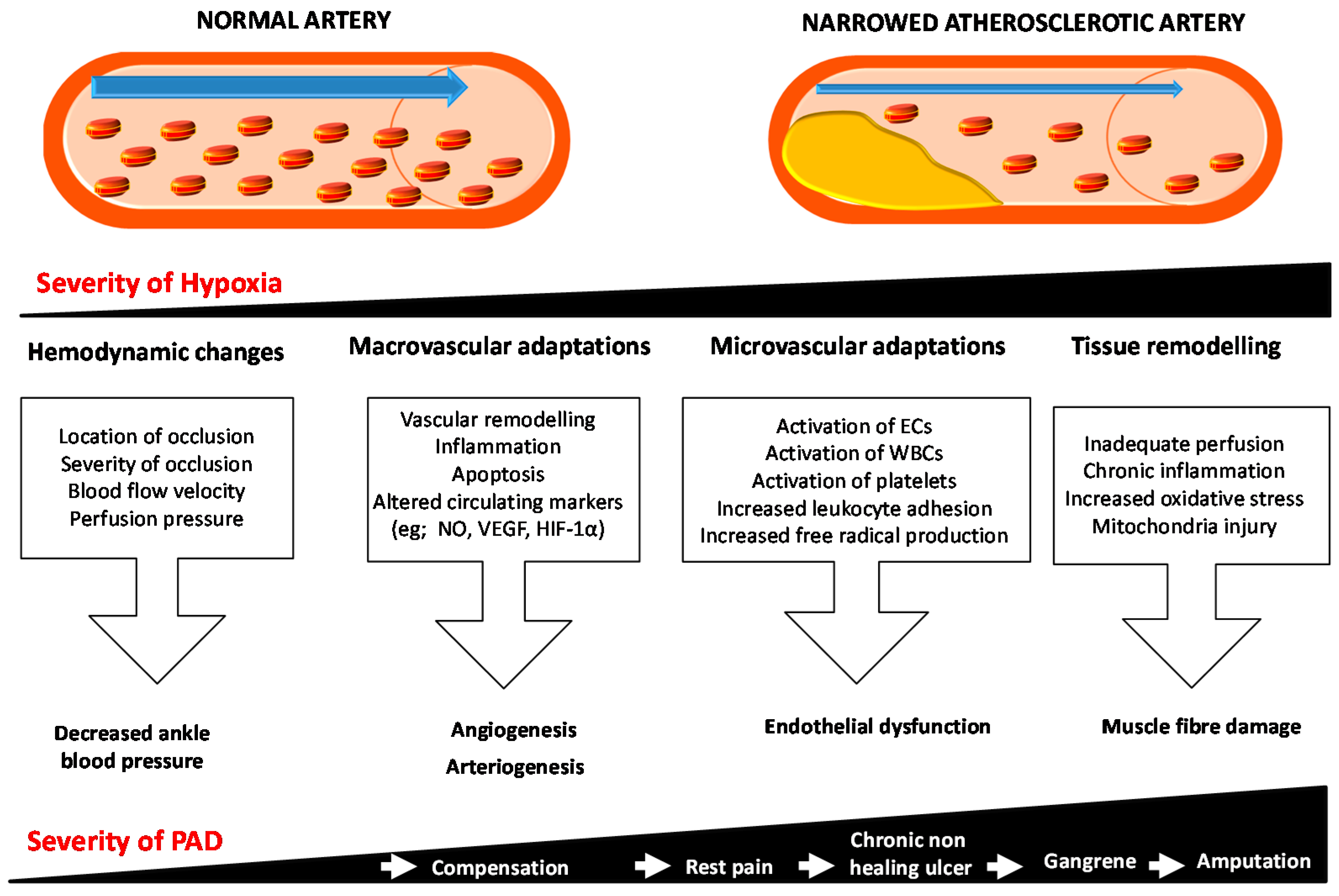



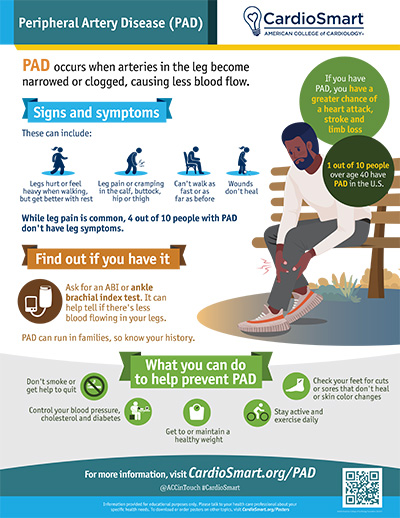




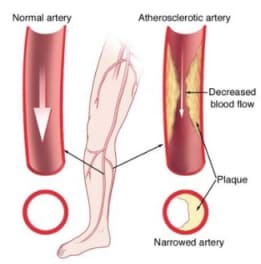
Post a Comment for "Peripheral Vascular Disease Vs Peripheral Artery Disease"